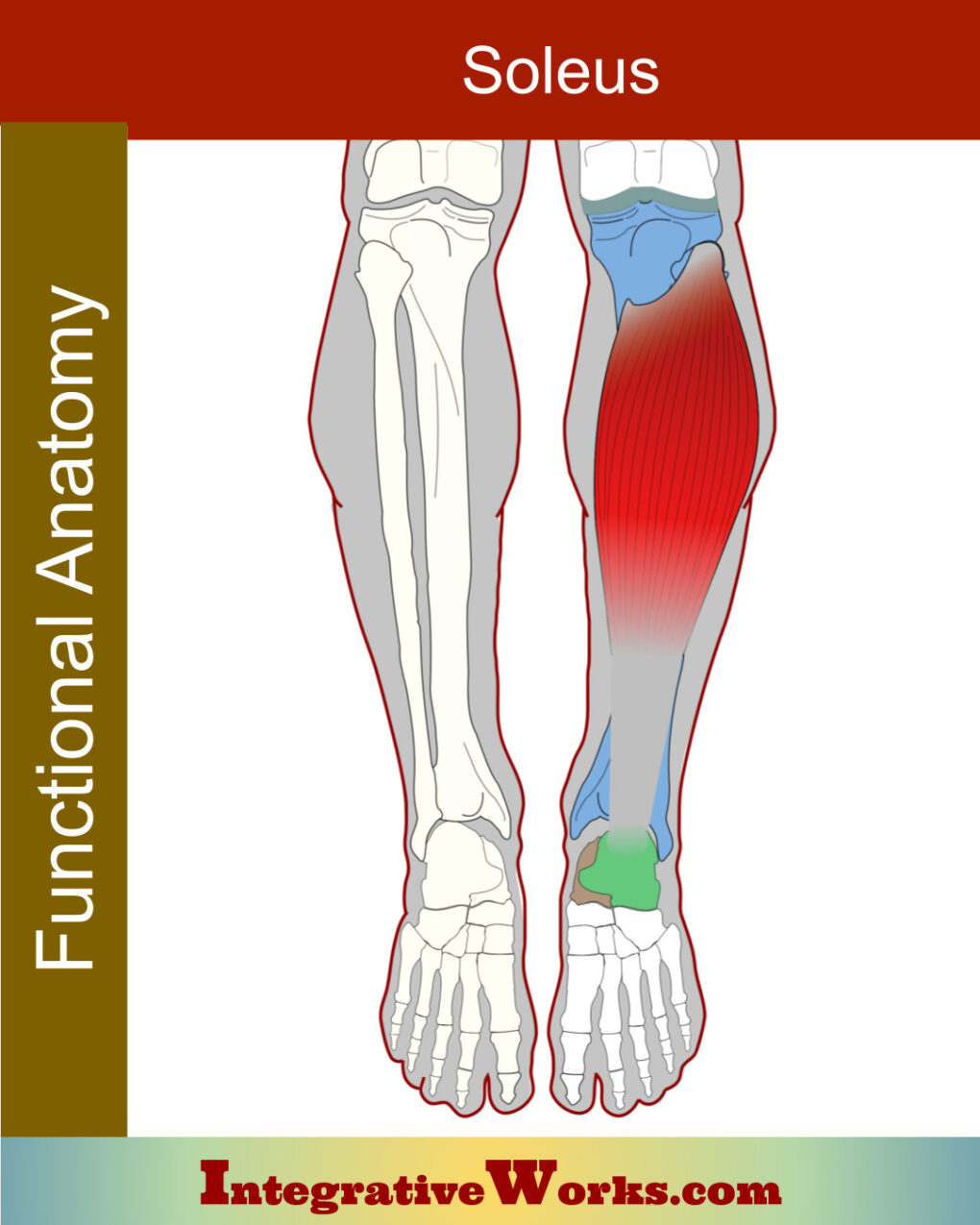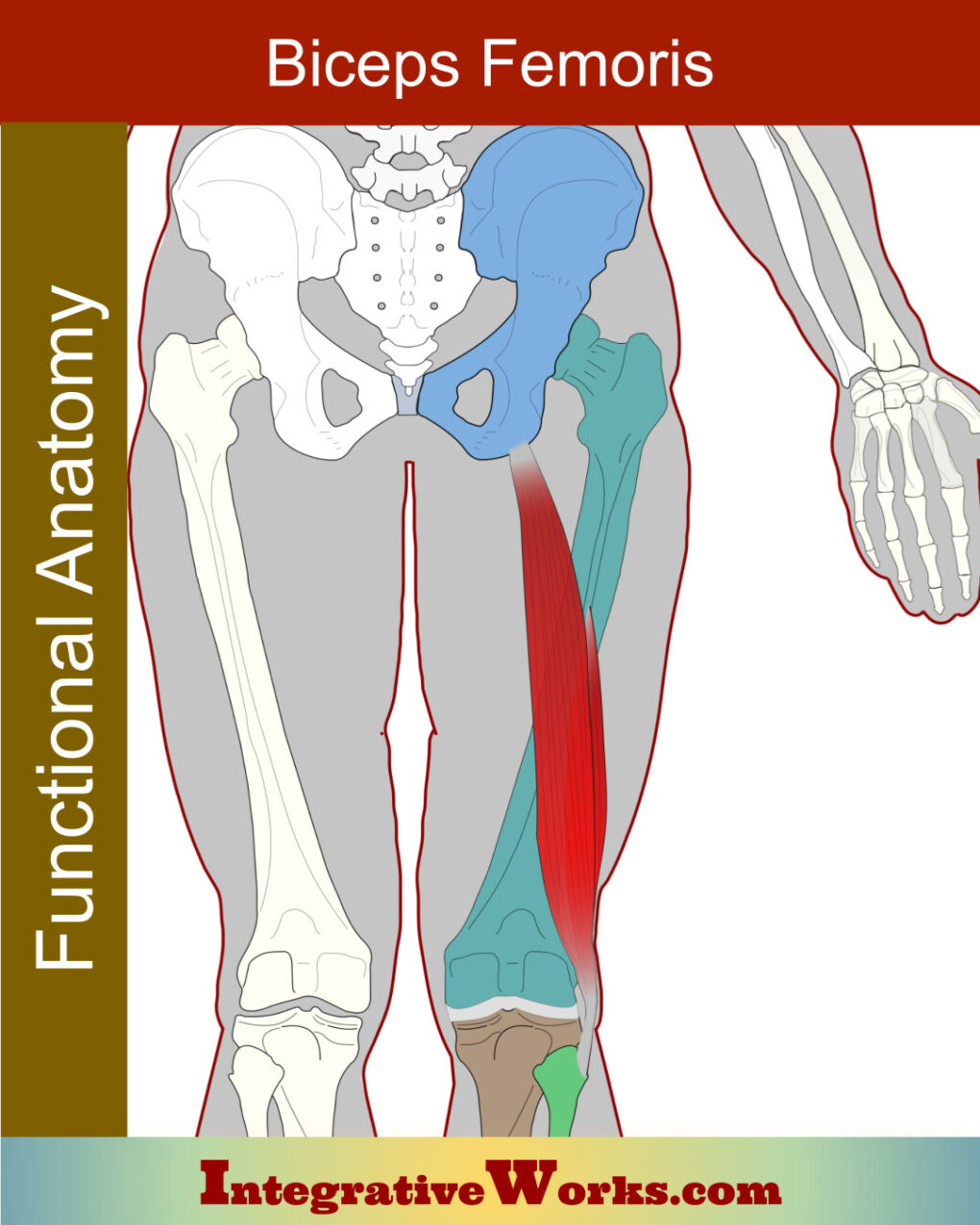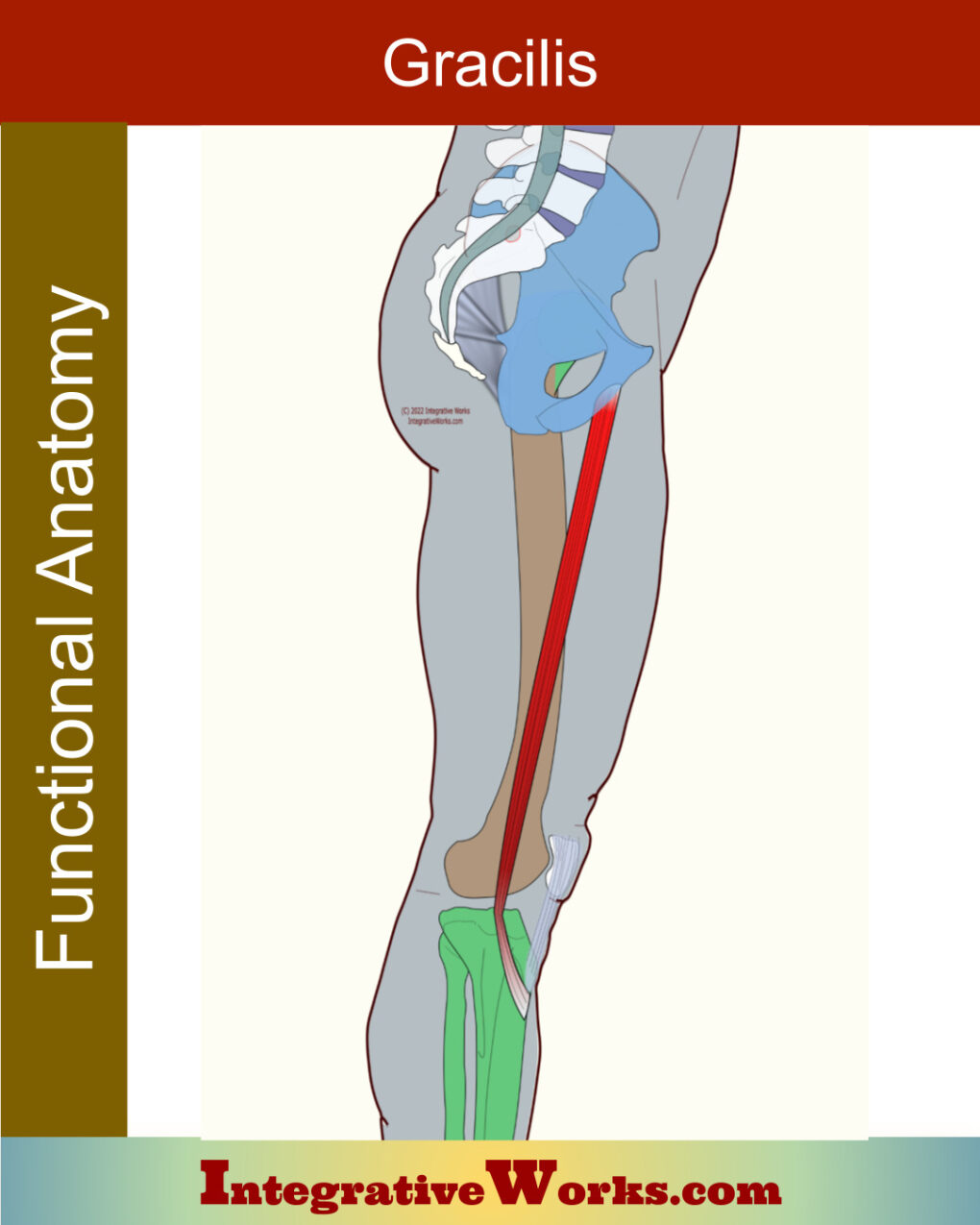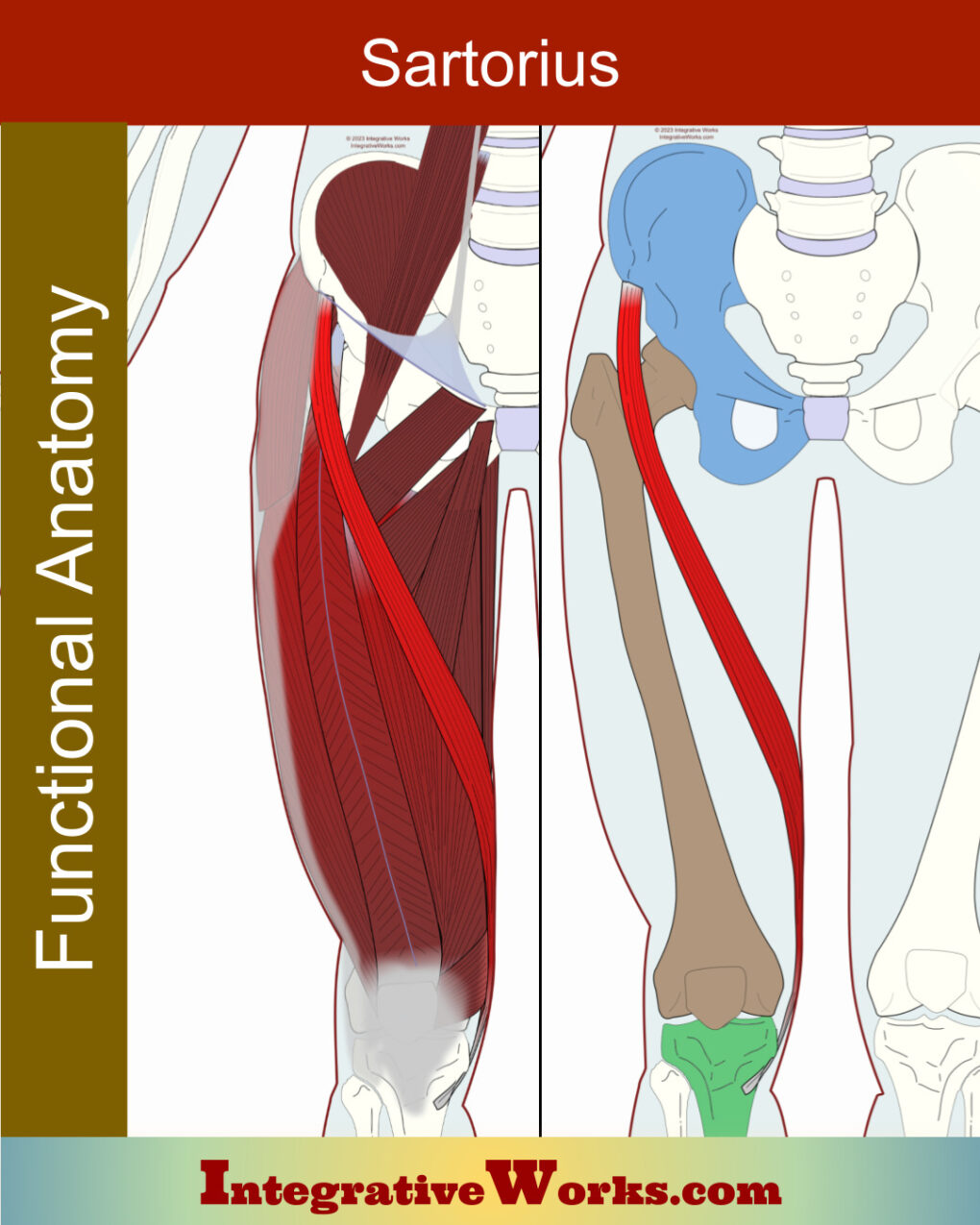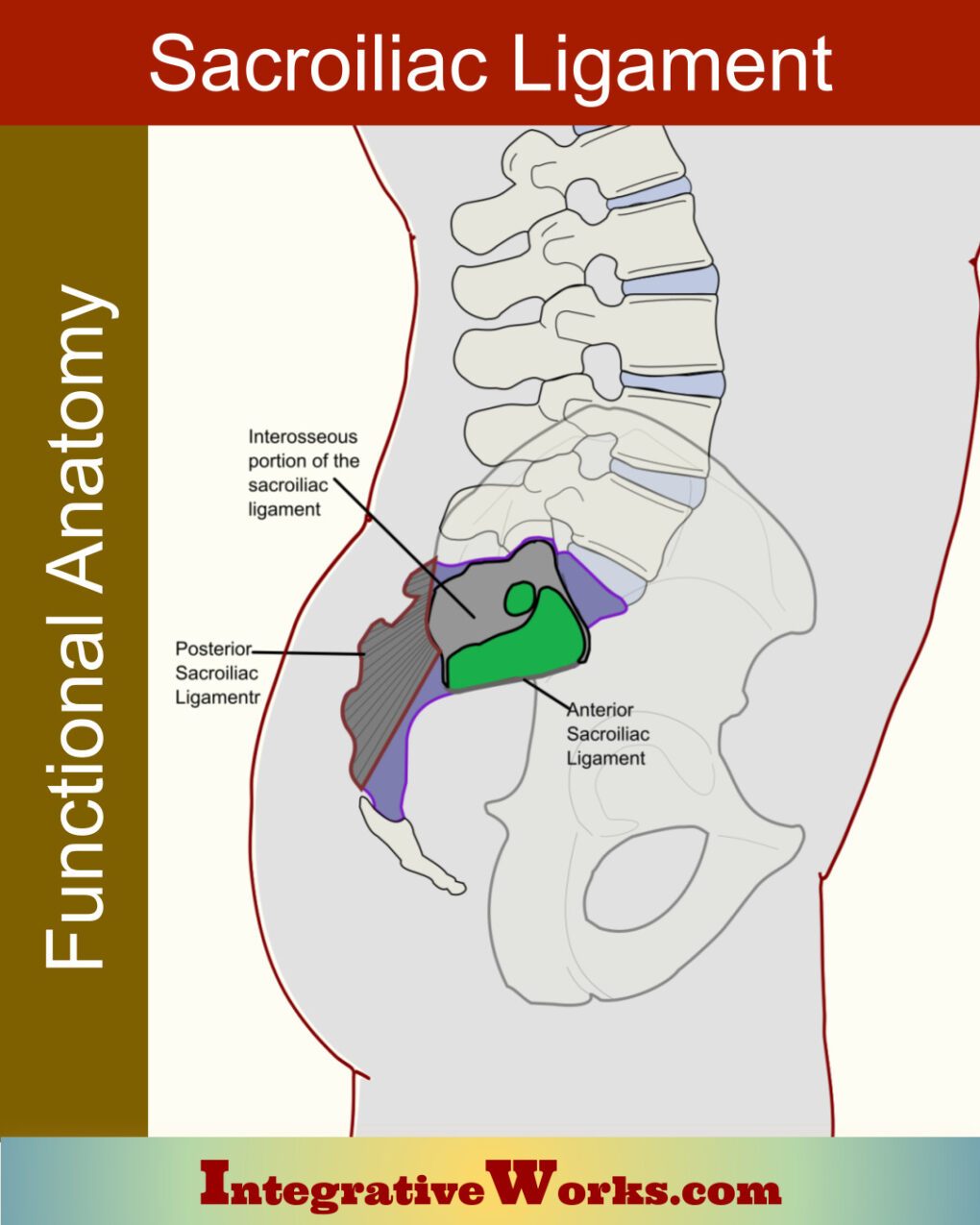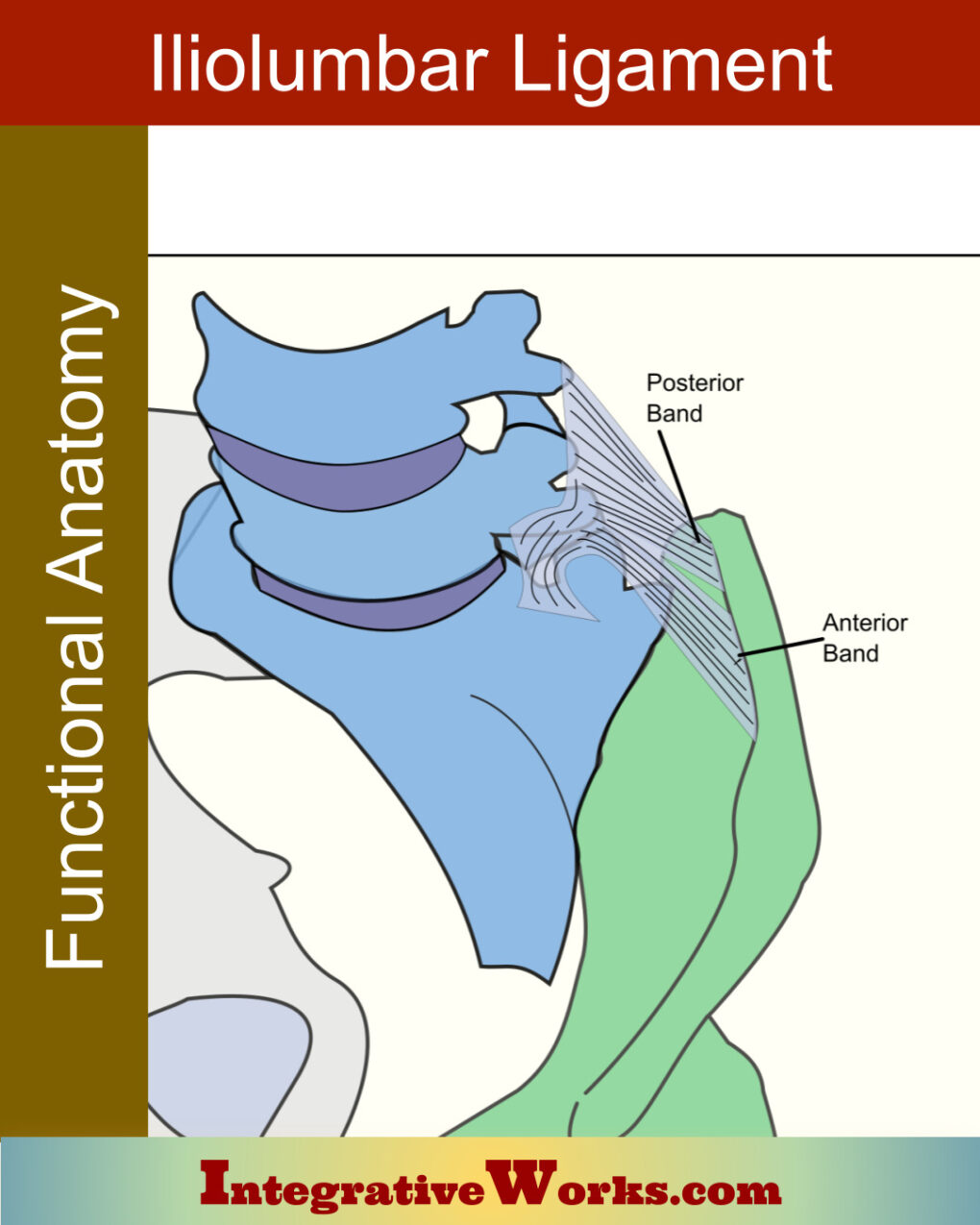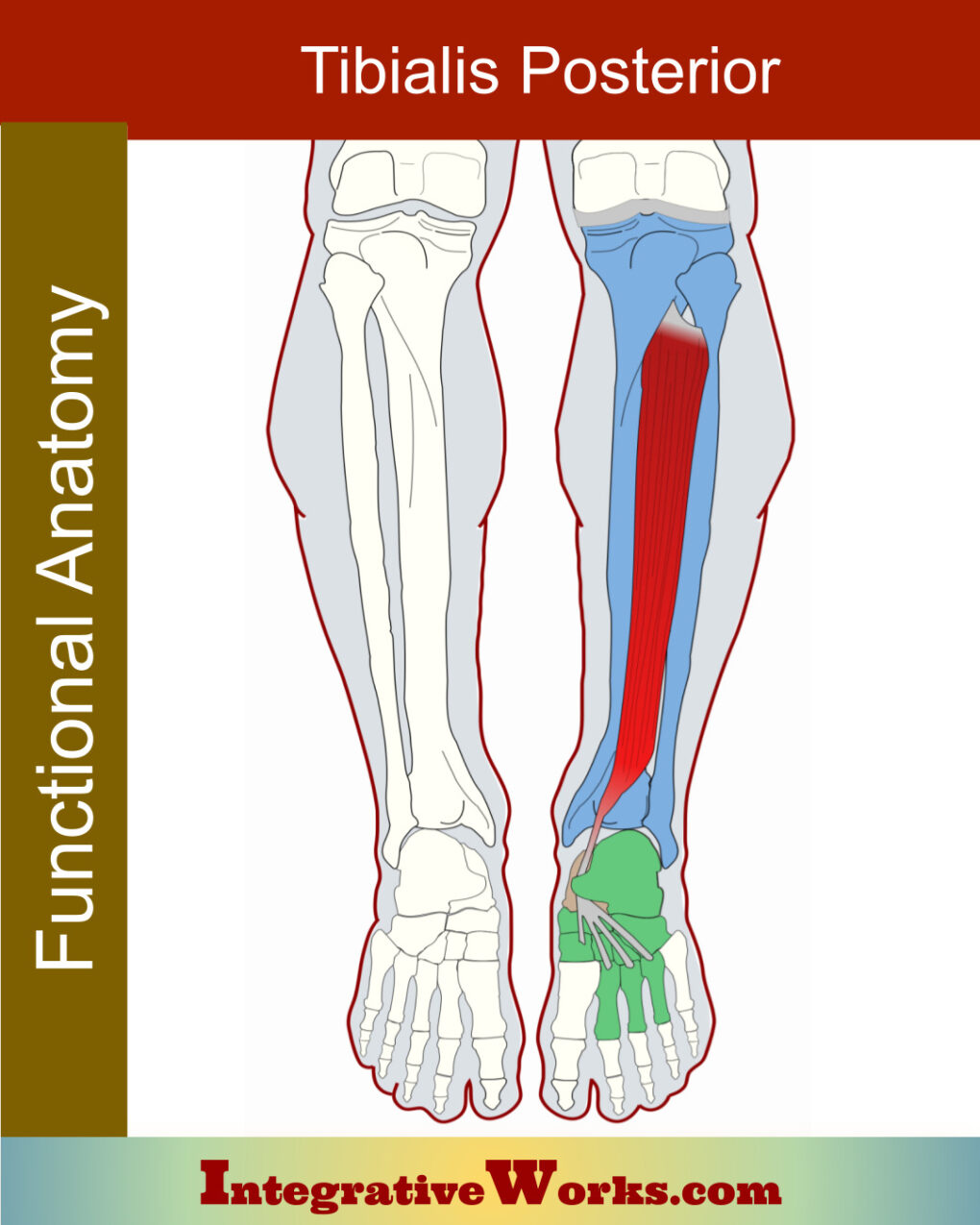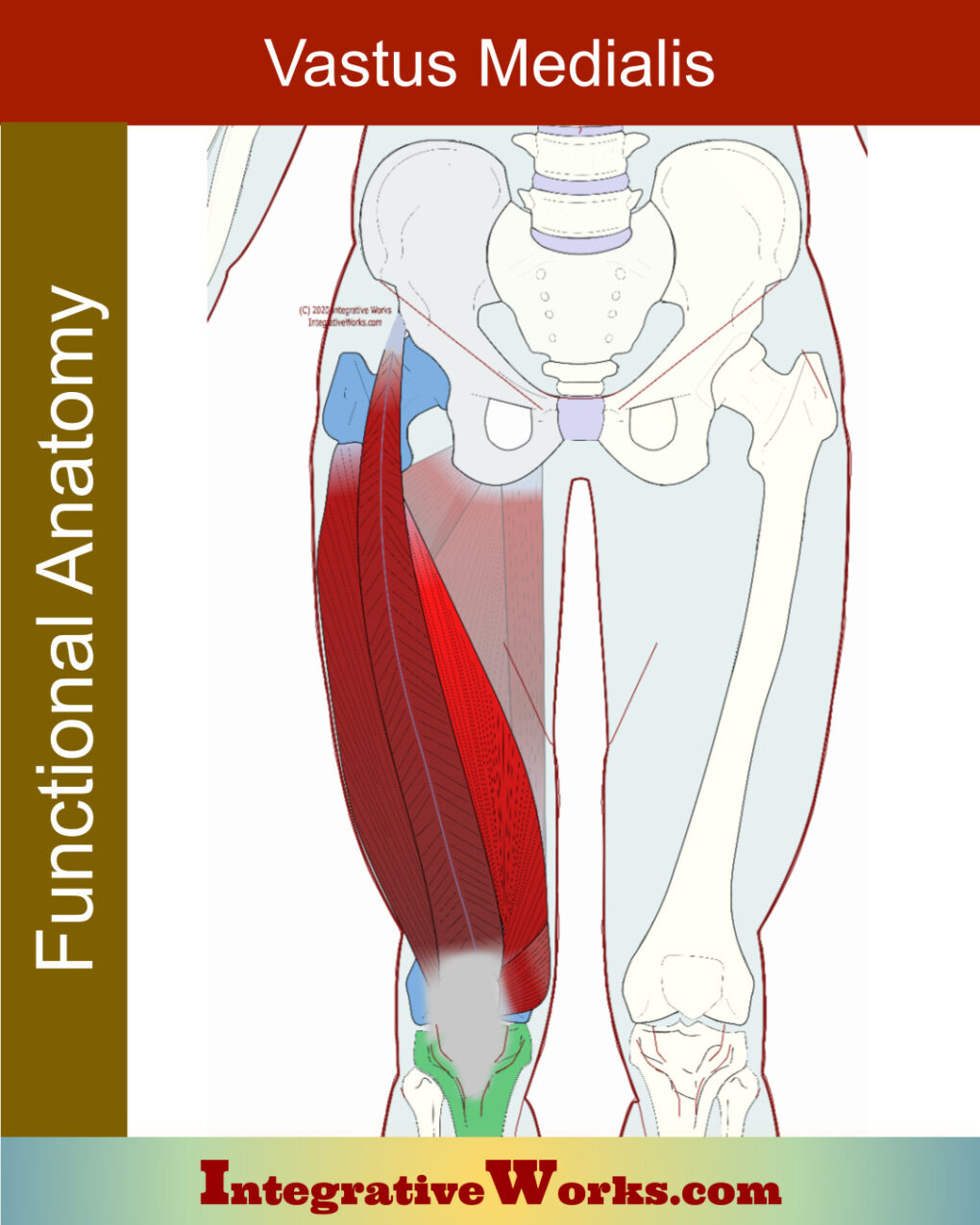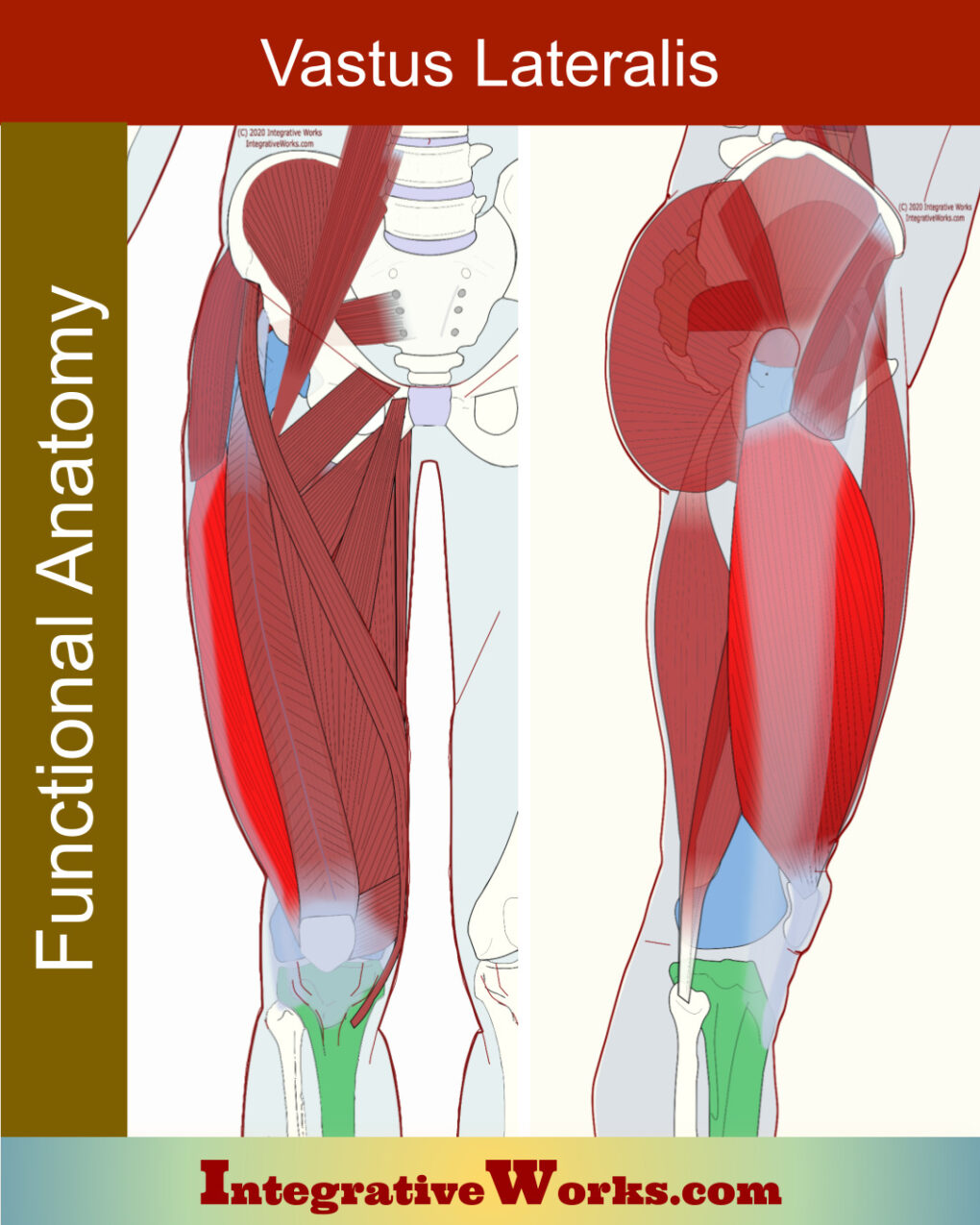Soleus – Functional Anatomy
Integrative Works is hosting some content on Patreon so that we can devote more time and energy to creating the resources that you need. Basically, the majority of our content is still available to the public. Content that is oriented toward bodywork professionals is available with a nominal subscription to Patreon. Log in to Patreon […]

